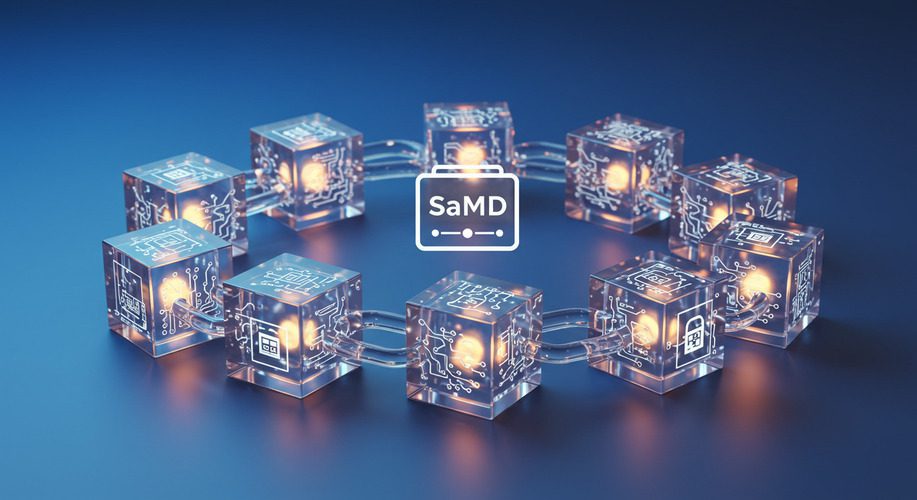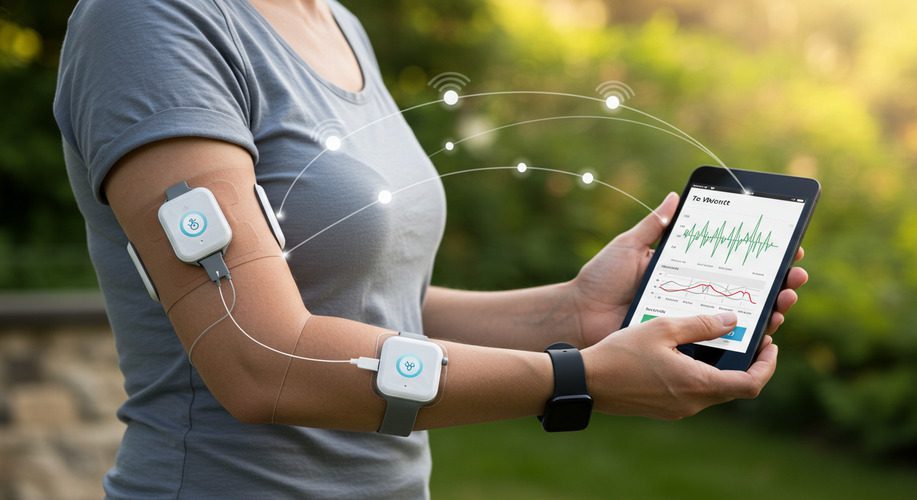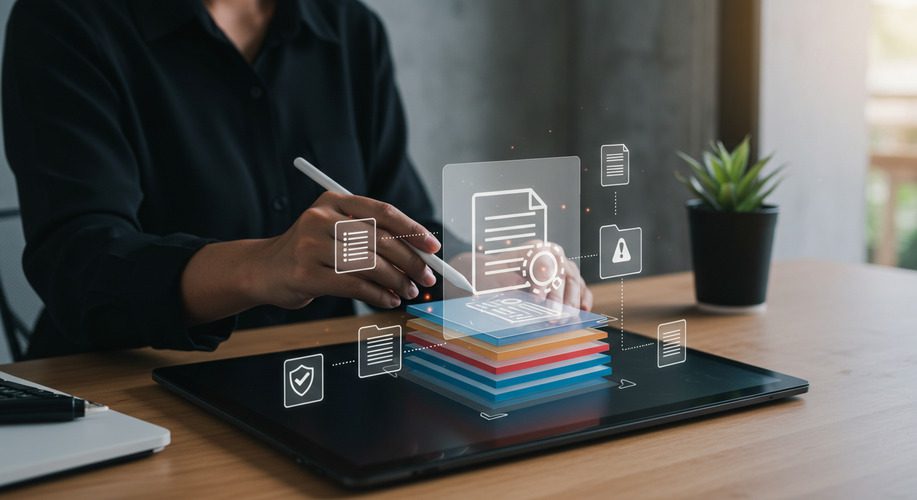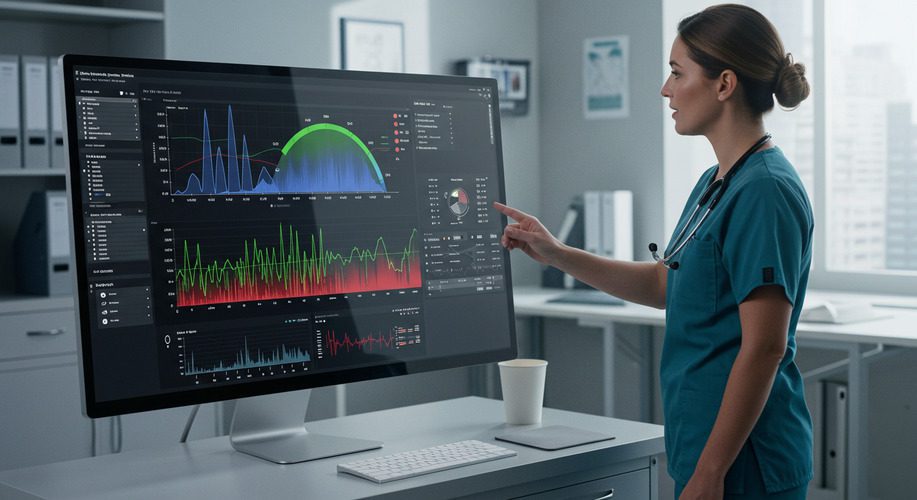As the complexity of Software as a Medical Device (SaMD) continues to grow, ensuring security and compliance has become a top priority for developers and regulators. Blockchain technology offers a promising solution for addressing these challenges by enhancing data integrity, transparency, and trust. This guide explores how blockchain can support SaMD security and compliance, its practical applications, and strategies for successful implementation.
1. Why Blockchain Matters for SaMD
1. Enhancing Data Integrity
- Blockchain creates tamper-proof records, ensuring that critical data remains secure and unaltered.
- Provides a reliable audit trail for regulatory submissions and compliance monitoring.
2. Building Transparency and Trust
- Blockchain’s distributed ledger system enables transparent sharing of data between stakeholders.
- Increases confidence among patients, providers, and regulators.
Related: Emerging Cybersecurity Trends for SaMD in 2025
2. Key Applications of Blockchain in SaMD
1. Secure Data Exchange
- Facilitates secure communication between SaMD, IoT devices, and healthcare systems.
- Protects sensitive patient data during transmission and storage.
2. Regulatory Compliance
- Automates compliance reporting with real-time, immutable records of software updates and performance.
- Simplifies audits by providing clear, verifiable data logs.
3. Post-Market Surveillance (PMS)
- Enhances PMS activities by recording real-world evidence (RWE) in a transparent, unalterable format.
- Supports continuous monitoring and iterative improvements.
Related: How to Conduct Post-Market Surveillance for SaMD (Advanced Guide)
3. Benefits of Blockchain for SaMD Security
1. Preventing Data Tampering
- Blockchain’s decentralized nature ensures no single entity can alter data without detection.
2. Strengthening Access Control
- Smart contracts can enforce strict access controls, granting permissions only to authorized users.
3. Supporting Real-Time Monitoring
- Real-time data validation enhances the accuracy and reliability of SaMD solutions.
Related: Harnessing IoT for Improved Compliance and Monitoring in SaMD
4. Challenges in Blockchain Adoption
1. Technical Complexity
- Challenge: Integrating blockchain with existing SaMD and healthcare systems.
- Solution: Work with blockchain experts to ensure seamless implementation.
2. Scalability Concerns
- Challenge: Managing the high volume of transactions generated by IoT-connected SaMD.
- Solution: Use hybrid blockchain solutions to balance performance and security.
3. Regulatory Uncertainty
- Challenge: Lack of clear guidelines for blockchain use in medical devices.
- Solution: Engage with regulatory bodies to address compliance requirements during development.
Related: Regulatory Innovation in SaMD: How Global Standards Are Evolving
5. Best Practices for Implementing Blockchain in SaMD
1. Identify Use Cases
- Focus on areas where blockchain provides the most value, such as PMS, data integrity, and compliance.
2. Ensure Interoperability
- Adopt standards like HL7 and FHIR to facilitate integration with existing healthcare systems.
3. Plan for Scalability
- Use layer-2 scaling solutions or hybrid models to manage large-scale data flows efficiently.
4. Collaborate with Stakeholders
- Involve regulators, clinicians, and developers early to align blockchain solutions with real-world needs.
Related: Implementing Real-Time Data Analytics in SaMD Solutions
6. Future Directions for Blockchain in SaMD
1. Decentralized Clinical Trials
- Blockchain can improve transparency and efficiency in clinical trials by securely managing data and ensuring participant privacy.
2. AI Integration
- Combining blockchain with AI can enhance data validation and decision-making in SaMD applications.
3. Global Standardization
- Collaborative efforts between regulatory bodies and industry leaders will drive the development of blockchain standards for SaMD.
Conclusion
Blockchain technology holds significant potential for transforming SaMD security and compliance by providing robust data integrity, transparency, and trust. By addressing challenges such as scalability and regulatory uncertainty, you can unlock the full benefits of blockchain to enhance the safety and performance of your SaMD solutions.
For further insights, explore related articles:
Start integrating blockchain into your SaMD today to stay ahead in the rapidly evolving MedTech landscape.





